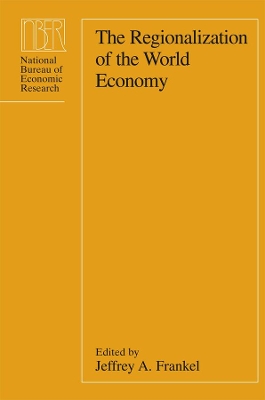National Bureau of Economic Research Project Reports
2 total works
Regional economic arrangements such as free trade areas (FTAs), customs unions, and currency blocs, have become increasingly prevalent in the world economy. Both pervasive and controversial, regionalization has caused some economists to be optimistic about the opportunities it creates and others fearful that it may corrupt fragile efforts to encourage global free trade. Including both empirical and theoretical studies, this volume addresses several important questions: why do countries adopt FTAs and other regional trading arrangements? To what extent have existing regional arrangements actually affected patterns of trade? What are the welfare effects of such arrangements? Several chapters explore the economic effects of regional arrangements on patterns of trade, either on price differentials or via the gravity model on bilateral trade flows. In addition, this text examines the theoretical foundation of the gravity model. Making extensive use of the gravity model of bilateral trade, several chapters explore the economic effects of regional arrangements.
This volume addresses three important recent trends in the internationalization of equity markets. These trends are: extensive market integration through foreign investment and links among stock prices around the world; increasing securitization of other markets at the expense of banks; and the opening of national financial systems of newly industrializing countries to international financial flows and institutions. Eight essays examine such issues as: the current extent of international market integration; gains to US investors through international diversification; home-country bias in investing; the role of time and location around the world in stock-trading; and the behaviour of country funds. Other long-standing questions about equity markets are also addressed, including market efficiency and the accuracy of models of expected returns, with a particular focus on variances, covariances and the price of risk according to the Capital Asset Pricing Model.

